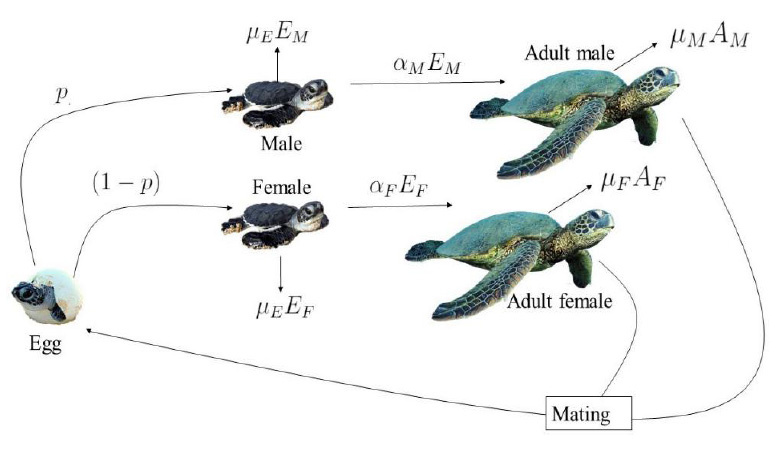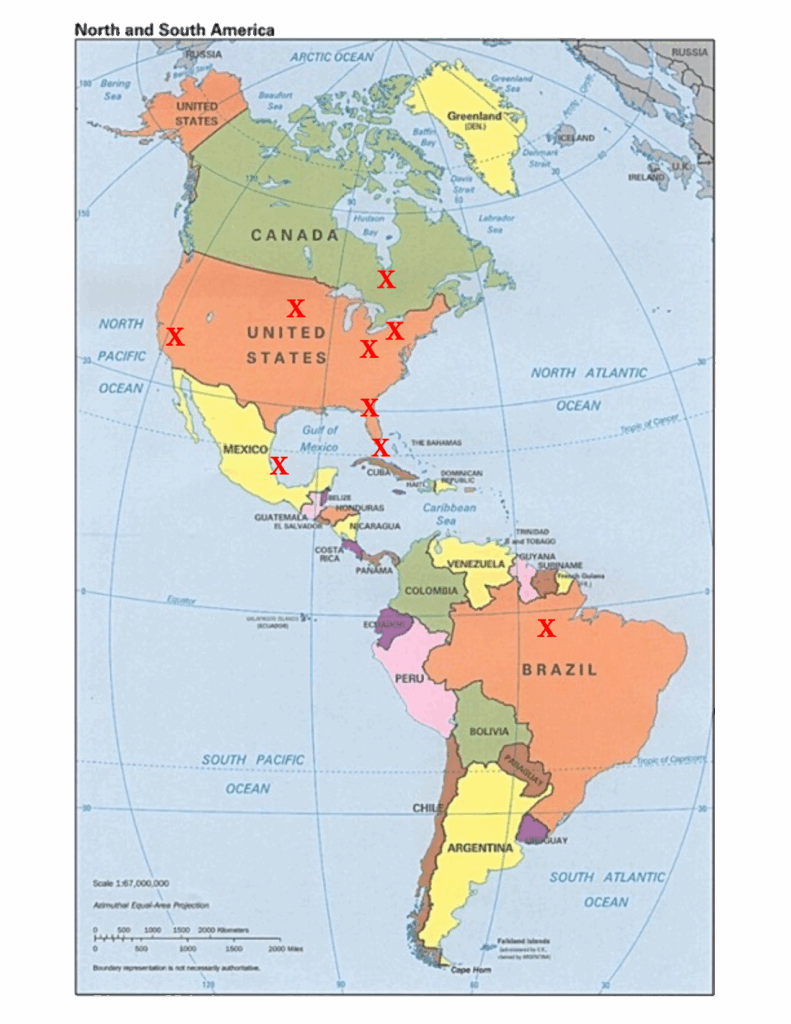
The Warming Wombs of Turtle Island: A Race Against Time for Sea Turtle Sex
Nestled in the azure waters of Southeast Asia, the cluster of islands known colloquially as "Turtle Island" stands as a sacred sanctuary. For millennia, these pristine beaches have served as critical nesting grounds for ancient mariners: the sea turtles. Green sea turtles (Chelonia mydas), Hawksbill turtles (Eretmochelys imbricata), and sometimes Olive Ridley turtles (Lepidochelys olivacea) undertake epic migrations to these shores, driven by an instinct as old as the oceans themselves. Yet, beneath the sun-drenched sands, a silent crisis is unfolding, one that threatens the very future of these iconic species. The fate of sea turtles on Turtle Island, and indeed globally, is increasingly dictated by a factor as fundamental as the tides: temperature.
The mechanism is known as Temperature-Dependent Sex Determination (TSD), a remarkable biological strategy where the incubation temperature of the eggs, rather than genetics, determines the sex of the hatchlings. Unlike mammals or birds, which have sex chromosomes, many reptiles, including all sea turtles, rely on the thermal environment of their nests during a critical period of embryonic development. There isn’t a single ‘switch’ temperature, but rather a "pivotal temperature" – a specific sand temperature during the middle third of incubation that produces an equal ratio of males and females. Below this pivotal temperature, more males are produced; above it, more females emerge.
"It’s an elegant system, designed to allow populations to adapt to local environmental conditions," explains Dr. Aristha Raj, a marine biologist who has spent years studying sea turtle nesting dynamics on Turtle Island. "But this elegance is now its greatest vulnerability in the face of rapid climate change." The consequences of a slight shift in temperature can be profound. For many sea turtle species, including those on Turtle Island, a deviation of just 1-2 degrees Celsius from the pivotal temperature can result in an overwhelming bias towards one sex. This is not merely a theoretical concern; it is a stark reality unfolding on beaches worldwide, and Turtle Island is on the front lines.
Recent studies conducted across various sea turtle nesting sites, including those mirroring the conditions on Turtle Island, paint an alarming picture. Researchers have documented nesting beaches consistently producing an astounding 90% or more female hatchlings. Some reports even suggest ratios as high as 99% female in certain regions. This phenomenon, often dubbed "feminization," poses an existential threat to sea turtle populations. With so few males being born, the ability of populations to reproduce effectively in the future is severely compromised. Imagine a human society where only 1 in 100 births is male – the demographic collapse would be swift and inevitable. For sea turtles, which already face myriad threats from habitat loss, pollution, and poaching, this demographic imbalance is an ecological time bomb.
The implications for Turtle Island are particularly dire. As a relatively small, concentrated nesting area, the beaches are highly susceptible to ambient temperature fluctuations. The fine, dark sand, ideal for retaining warmth and accelerating incubation, now acts as a double-edged sword, absorbing more solar radiation and pushing nest temperatures beyond the pivotal point. "We’re seeing fewer males with each passing year," laments Mr. Kamaludin bin Hassan, a veteran park ranger on Turtle Island, his voice tinged with concern. "Our data over the last decade clearly indicates a significant shift towards female-dominated clutches. It’s not just a statistic; it’s a living, breathing problem that threatens the next generation of turtles."

The problem is exacerbated by the fact that adult sea turtles have a long lifespan, often reaching sexual maturity at 15-30 years of age. The hatchlings being born today will be the breeders of tomorrow. If the current trend of feminization continues unchecked, the scarcity of males in two or three decades could lead to a catastrophic decline in successful breeding attempts. The genetic diversity of the population could also dwindle, making them less resilient to future environmental changes and diseases. A lack of genetic variation limits a species’ capacity to adapt, pushing them closer to the brink of extinction.
While rising global temperatures are the overarching driver, local factors on Turtle Island also play a role. Beach erosion, driven by more intense storms and rising sea levels, reduces the available nesting habitat, forcing turtles to nest in less optimal, often hotter, locations closer to the tideline or in more exposed areas. Changes in vegetation cover on the dunes can also influence sand temperatures, as shaded areas naturally offer cooler incubation conditions. The unique microclimates of each beach, even within a small island, can create pockets of hope or despair for the developing embryos.
Conservation efforts on Turtle Island are now adapting to this invisible threat. Rangers and conservationists are exploring innovative strategies to mitigate the impact of rising temperatures. These include shading nests with natural or artificial covers, which can reduce sand temperatures by a few critical degrees. In some cases, nests are carefully relocated to cooler parts of the beach, such as areas with more vegetation or deeper sand, or even to specially designed hatcheries with temperature-controlled environments. Irrigation of nesting sites, using seawater to cool the sand during peak heat, is another method being trialed, albeit with careful monitoring to avoid negatively impacting the developing eggs.
"These are stop-gap measures, buying time for these magnificent creatures," states Dr. Maya Devi, a representative from the local conservation NGO working closely with the park authorities. "We’re essentially becoming midwives to nature, trying to rebalance the scales. But the real solution lies in addressing the root cause: global climate change. Without a significant reduction in greenhouse gas emissions, our efforts here on Turtle Island will always be a battle against an ever-increasing tide."
The plight of sea turtles on Turtle Island is a poignant microcosm of a global crisis. Sea turtles are often referred to as "canaries in the coal mine" for ocean health. Their struggle with TSD underscores the profound and often unforeseen ways in which human activities are altering the planet’s fundamental biological processes. Beyond their intrinsic value, sea turtles play crucial roles in marine ecosystems, from grazing on seagrass beds that serve as nurseries for fish, to controlling jellyfish populations, and even transporting nutrients between marine and coastal environments. A collapse in their populations would send ripple effects throughout the ocean’s delicate food web.
The story of Turtle Island’s turtles is a call to action, urging us to recognize our interconnectedness with the natural world. It demands not only local conservation initiatives but also a global commitment to sustainable practices and climate mitigation. The ancient instinct that draws these majestic creatures back to their ancestral nesting grounds each year is a testament to their resilience. But their future, and the future of countless other species, now hinges on our ability to respond with equal determination and foresight. The warming wombs of Turtle Island whisper a warning, a plea for a cooler future, not just for turtles, but for all life on Earth.



